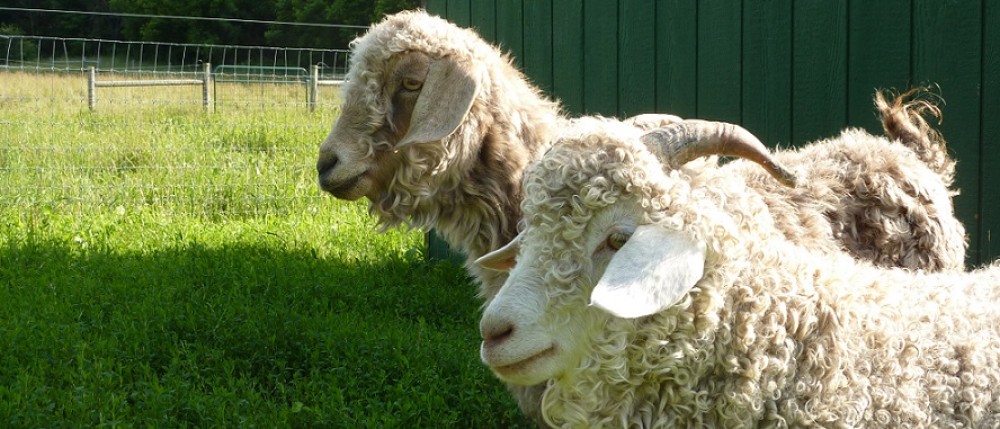This past winter was especially cold. The temperature didn’t get above freezing for at least 6 or 7 weeks in a row. As a result, there was heavy snow cover on the ground for a long time (where more typically there would be some brief periods of melting even during the winter). The heavy snow cover made it very difficult for local wildlife such as deer to find their normal food in the woods. This pushed a lot of deer out of the woods closer to yards and homes.
We had a large group of deer right near the house – they would come out in the evening and hang around for a while standing on their hind legs to eat the low hanging pine and spruce tree branches around the house.
One morning, heading out to check on the chickens and goats, I noticed an animal that appeared to be stuck in the pasture fence.
Getting closer, it was a small deer with one of its hind legs caught in the fence wires. I was not able to manually unwind the fencing to free it – it had managed to flip or twist around several times looping the wire around its leg.
I was able to free it by cutting a small piece of the fence with bolt cutters and unwinding the rest. The deer was free from the fence, but was unable to immediately stand up. Thinking the deer may just be exhausted or in shock, we left it for a while to recover.
After some time, the deer pulled itself over into the open barn, but without really putting any weight on either of its hind legs. We put out some hay and left it in the barn to see if it would recover.
Note: We found out later that hay can be dangerous for deer so don’t try to feed hay to deer.
After about half a day after being freed from the fence with no real improvement in use of its hind legs, we decided to have the deer put down. An officer from the Department of Environmental Conservation came and shot the deer. With the heavy snow cover on the ground, we were able to load the deer onto a sled and pull it out into the woods.
It did give us a chance to use our trail camera to capture some photos of local predators (more to come on that in a later post).
